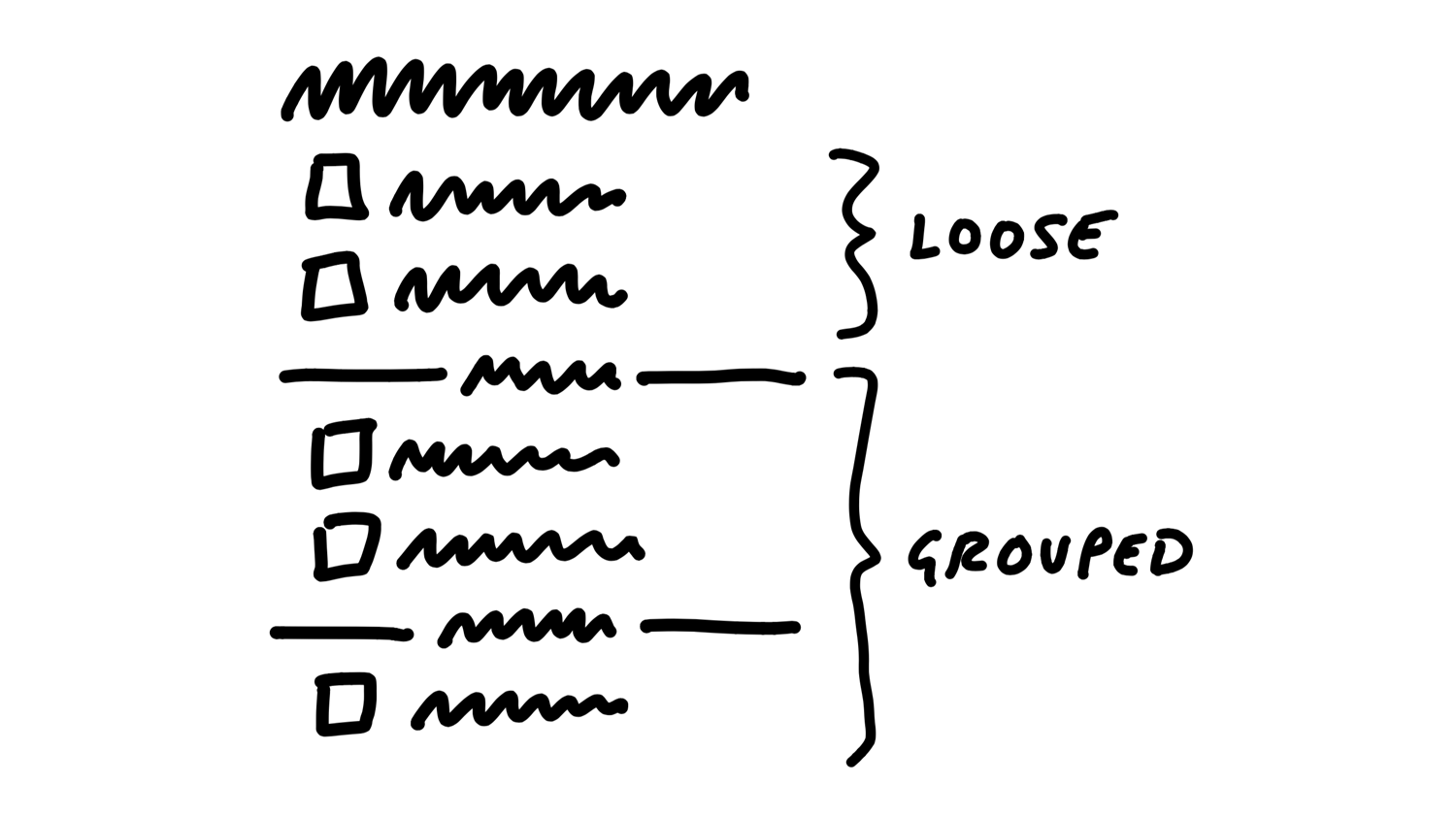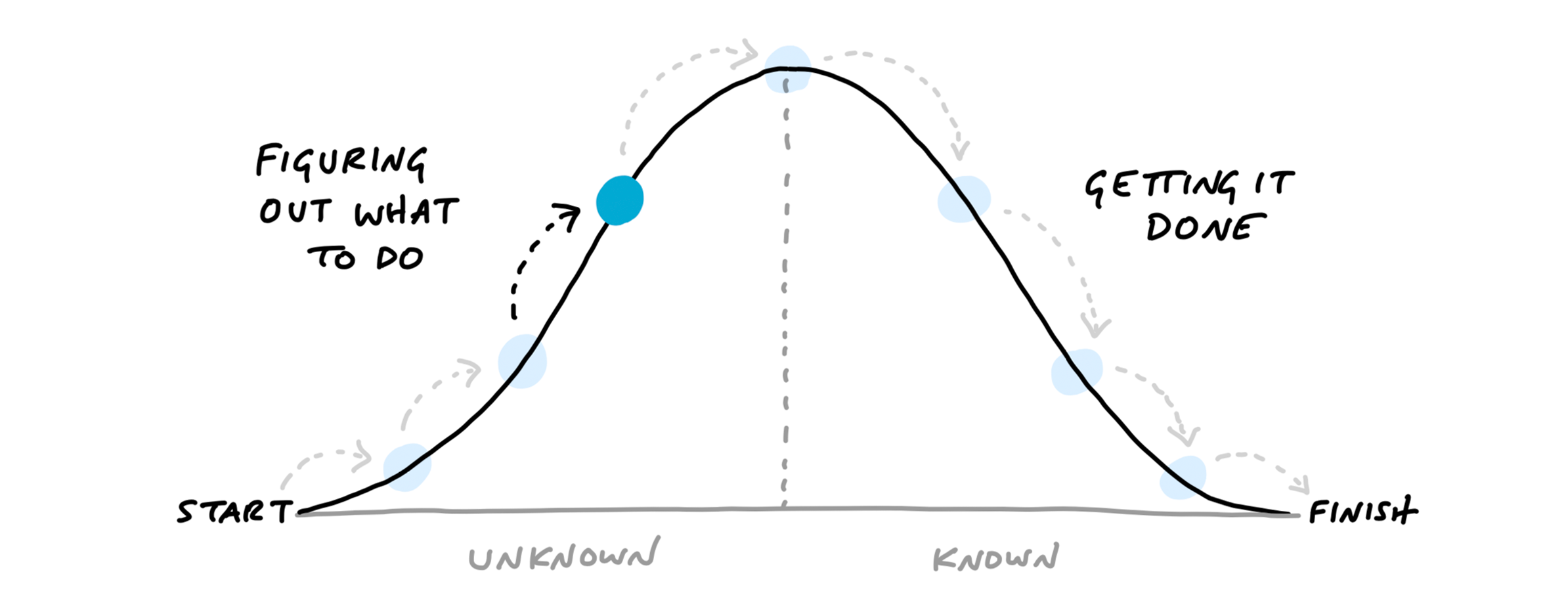Shape Up by Basecamp
Six-Week Cycles
Instead of shorter sprint cycles as with Scrum, Shape Up applies a six-week cadence with the key steps being:
Shaping
Shaping essentially means selecting a relevant problem and sketching the solution at a medium level of abstraction. This exercise is executed by a dedicated team, including PM and designers, on a fairly abstract level — wireframes are too specific already, but fat marker style is OK. Shaping also addresses boundaries, defines what is out-of-scope, and marks particular risks and rabbit holes. The outcome is a pitch later used in decision-making.
Betting
Betting means presenting the pitches prepared before to management or a product board for decision-making. There is no prioritized backlog or such. There are just a few ideas that the teams might potentially work on next, all else is discarded assuming that relevant ideas will come back — so no need to manage them explicitly. In a dedicated meeting, stakeholders decide what the teams should be working on and, thus, bet on it. It’s much like planning but calling it bets it becomes more clear that there is a commitment to invest and an expected outcome, also a certain risk.
Building
Interesting Elements
Even when the entire Shape Up process is highly specific to Basecamp, there are some elements that are useful also in other contexts:
Fat Marker Sketches
Just plain words are too abstract. Even low-fidelity wireframes are too specific already and might prescribe a solution to the designer. Basecamp suggests fat market sketches as depicted to the right. So something that could easily be done with a pen on an iPad, gives an impression of the intended behavior but still leaves enough room for proper UX design.
Appetite
Instead of asking engineering for their estimation, complexity, story points, or whatsoever, the appetite is looking at an idea from an investment perspective:
How much are we willing to invest in that idea?
Is it the full six-week cycle? Half of it? So the appetite is applied as a constraint.
Work is Like a Hill
This is an interesting concept to understand uncertainty and whether, for example, adding more resources will actually help or do more harm to a project.
Further Reading



